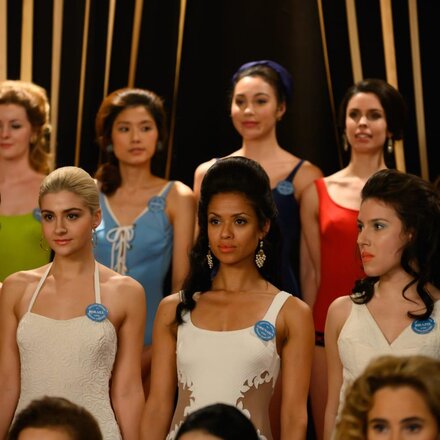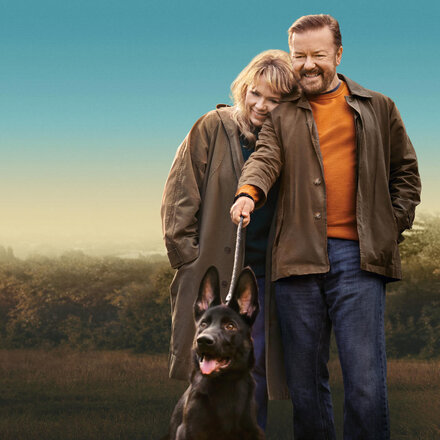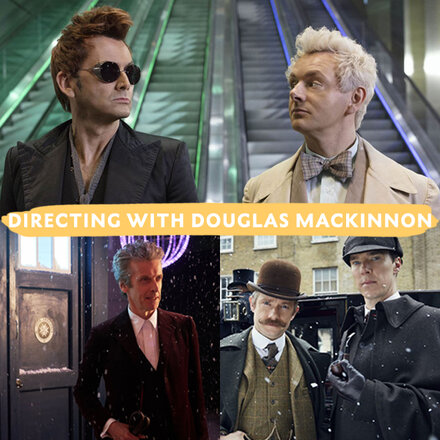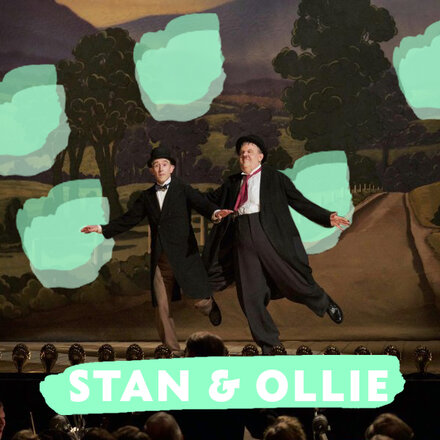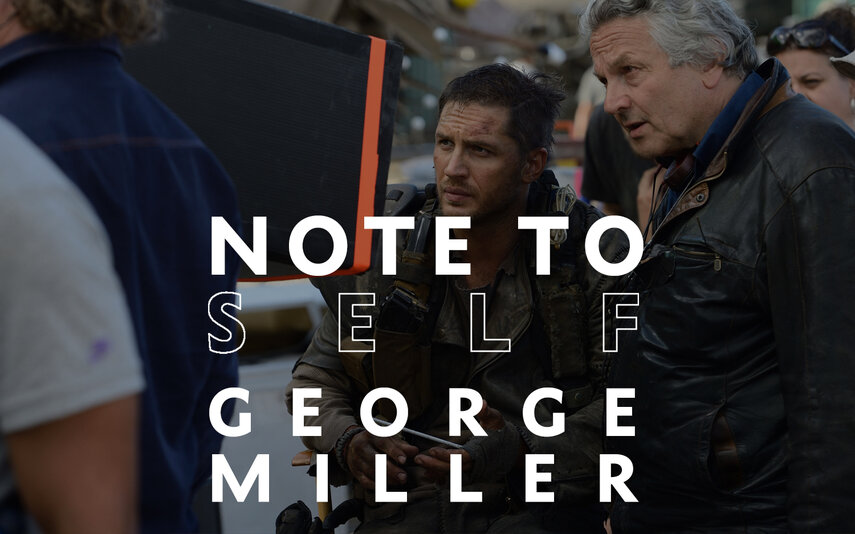
Note to Self... George Miller
George Miller, director, writer & producer behind the Mad Max franchise, Babe and Happy Feet, on planning, process and penguins.
It never goes the way it’s planned. When I finished the original Mad Max, I thought I wasn’t cut out to make movies. Then I spoke to other directors who had made their first movies, especially Peter Weir who’d done two, he said, ‘George, it’s always like that! It never goes the way it’s planned. You’ve got to go into a movie as a military exercise, never quite sure where the landmines or the snipers are.’
Don’t be bewildered by the process. By the time we got to the second Mad Max movie, we went with the flow. That’s the difference between the two films – one I was prepared to be bewildered and the other I was shocked by my bewilderment.
Think about the audience while you shoot. I wish I’d read Frank Capra’s The Name Above The Title before I started. He said play something three times faster than you think is normal because on a movie set, there’s so much activity, so much adrenaline that things read faster than they do in the cinema when the audience are in repose. In the performance of scenes, I would have sped them up a little bit.
Learn something from every project. The Witches of Eastwick was a big lesson. It was the worst of Hollywood in that not only were you punished for good behaviour, you were rewarded for bad behaviour. I walked into a production meeting and said I didn’t need a trailer. That was code for ‘this guy’s negotiable on everything’. The big thing I learned from that was to spend just as much time casting your crew and your collaborators and your producers and your writers as you do your cast.
Listen to Jack Nicholson. I’ve learned more from about filmmaking and acting and life from Jack Nicholson than any other person. He was my protector on Eastwick and a great sage. I quit several times, but he said ‘hang in there’. One of the things I learned from him is be grateful for good luck because it doesn’t happen very often.
Always stay curious. When I read Dick King-Smith book The Sheep-Pig [which became Babe], I saw immediately it was a classic hero myth story. I was curious about the story and definitely curious about the technology. It was just a case of waiting to see if the animals could talk. It didn’t lend itself to flamboyant animation, so we waited a long time for the digital age.
Dream big. CGI was the biggest shift in filmmaking since sound. When cinematographer Andrew Lesnie, who shot the Babe movies, went off to shoot Lord of the Rings, he showed me the first motion capture of Gollum. And the moment that happened, I thought 'we can make penguins dance.'
You’ll never master it, but you’ve got to keep trying. By the time I got to Mad Max: Fury Road, it was an amplification of all of these things. I say to myself, ‘you can do this for a thousand years George and you’ll never master it, but you’ve got to keep trying.'



